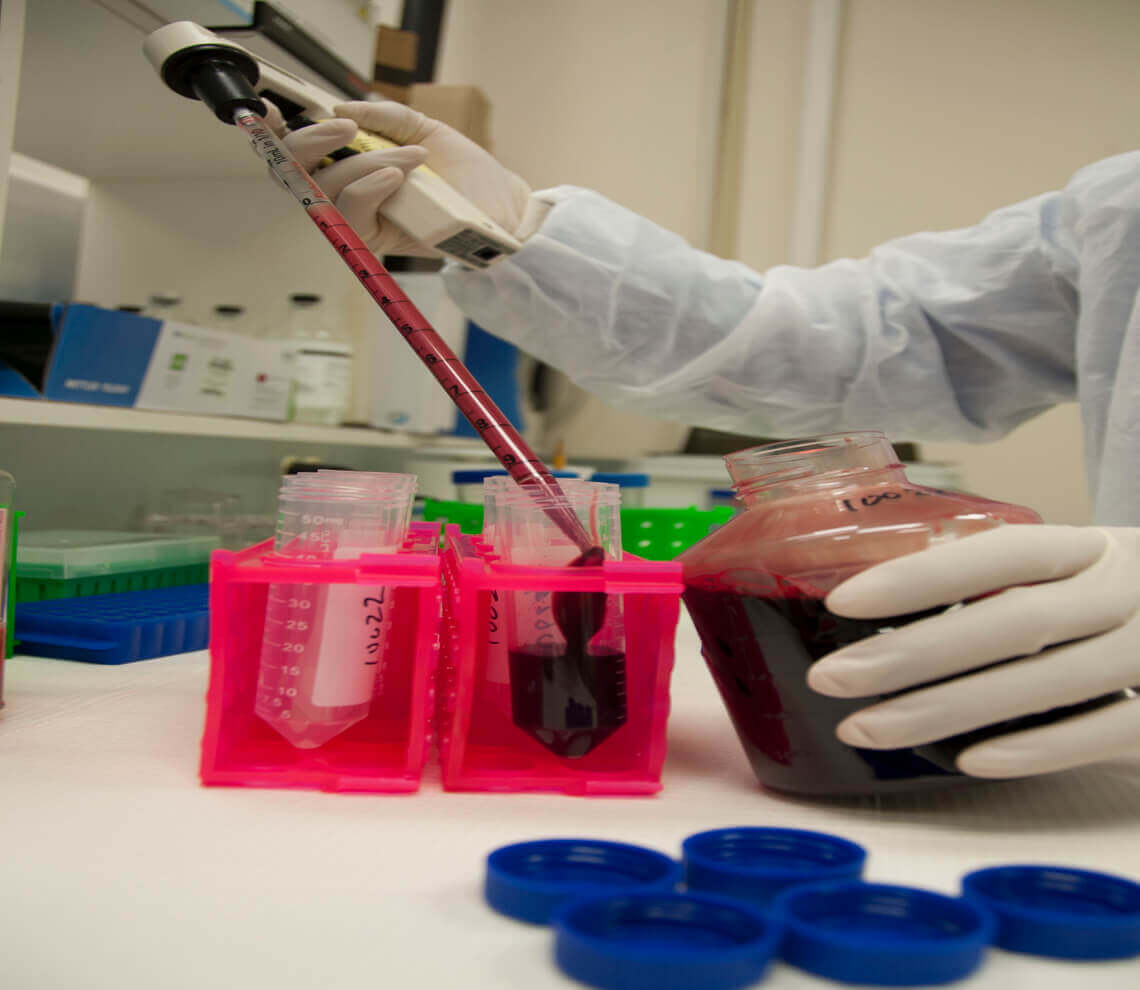- Our Suppliers
- MBS Monoclonals
- Mouse Anti-Chicken CD8b-FITC
Product short description
Price:
503 EUR
Size:
500ug
Catalog no.:
GEN673903
Product detailed description
Purification method
N/A
Concentration
N/A
Clone
EP42
Also known as
CD8 beta
Clonality
Monoclonal
Latin name
Mus musculus
Immunoglobulin isotype
Mouse IgG2a kappa
Conjugation
Anti-FITC Antibody
Category
Secondary Antibodies
Subcategory
Mnoclonal antibodies
Host organism
Mouse (Mus musculus)
Form/Appearance
Fluorescein Conjugate
Gene name
LOC100136222; N/A; N/A; N/A
Other gene names
LOC100136222; N/A; N/A; N/A
Gene name synonims
LOC100136222; N/A; N/A; N/A
Other names
CD8 beta; N/A; CD8 beta; N/A; N/A
Tested applications:
Flow Cytometry; Immunohistochemistry (Acetone Fixed/Frozen Sections); Immunoprecipitation
Description
This antibody needs to be stored at + 4°C in a fridge short term in a concentrated dilution. Freeze thaw will destroy a percentage in every cycle and should be avoided.
Species reactivity
Chicken; Due to limited knowledge and inability for testing each and every species, the reactivity of the antibody may extend to other species which are not listed hereby.
Test
Mouse or mice from the Mus musculus species are used for production of mouse monoclonal antibodies or mabs and as research model for humans in your lab. Mouse are mature after 40 days for females and 55 days for males. The female mice are pregnant only 20 days and can give birth to 10 litters of 6-8 mice a year. Transgenic, knock-out, congenic and inbread strains are known for C57BL/6, A/J, BALB/c, SCID while the CD-1 is outbred as strain.
Specificity and cross-reactivity
beta chain (Mr 34 kDa) of chicken CD8 In the chicken, the CD8 molecule is present in two forms: (i) a homodimer of two alpha chains, and (ii) a heterodimer of an alpha chain and a beta chain.1 While the vast majority of CD8+ cells in the thymus, spleen, and blood of adult chickens express both CD8 alpha - and CD8 beta -chains, a relatively large proportion of the CD8+ TCR- gamma delta cells in the spleens of embryos and young chicks express only the alpha -chain of CD8. Among intestinal epithelial lymphocytes, the major CD8+ T cell populations present in mice are conserved, but there is a population of TCR- gamma delta CD8 alpha beta cells in the chicken that is not found in rodents.3 Chicken CD8 is expressed on approximately 80% of thymocytes, 45% of blood mononuclear cells and 50% of spleen cells, but
Storage and shipping
The purified (UNLB) antibody is supplied as 0.5 mg of purified immunoglobulin in 1.0 mL of 100 mM borate buffered saline, pH 8.2. No preservatives or amine-containing buffer salts added. Store at 2- 8 degree C. The fluorescein (FITC) conjugate is supplied as 0.5 mg in 1.0 mL of PBS/NaN3. Store the antibody ats should be kept in the range of 1-7 degrees Celsius.. The biotin (BIOT) conjugate is supplied as 0.5 mg in 1.0 mL of PBS/NaN3. Store the antibody ats should be kept in the range of 1-7 degrees Celsius.. The R-phycoerythrin (R-PE) conjugate is supplied as 0.1 mg in 1.0 mL of PBS/NaN3 and a stabilizing agent. Store the antibody ats should be kept in the range of 1-7 degrees Celsius.. Do not freeze! Protect conjugated forms from light. Each reagent is stable for the period shown on the bottle label if stored as directed.
Properties
Chickens like all bird species have IgY antibodies that are very stable and found in the yolk. Gallus Gallus domestica is the Latin name of the Chicken.This MBS Monoclonals Fluorescein isothiocyanate (FITC) antibody is currently after some BD antibodies the most commonly used fluorescent dye for FACS. When excited at 488 nanometers, FITC has a green emission that's usually collected at 530 nanometers, the FL1 detector of a FACSCalibur or FACScan. FITC has a high quantum yield (efficiency of energy transfer from absorption to emission fluorescence) and approximately half of the absorbed photons are emitted as fluorescent light. For fluorescent microscopy applications, the 1 FITC is seldom used as it photo bleaches rather quickly though in flow cytometry applications, its photo bleaching effects are not observed due to a very brief interaction at the laser intercept. MBS Monoclonals FITC is highly sensitive to pH extremes.
© Copyright 2016-Tech News . Design by: uiCookies

